In a disastrous state
2015 was just a warning, a mega-quake is overdue in western Nepal, and we better start preparing for it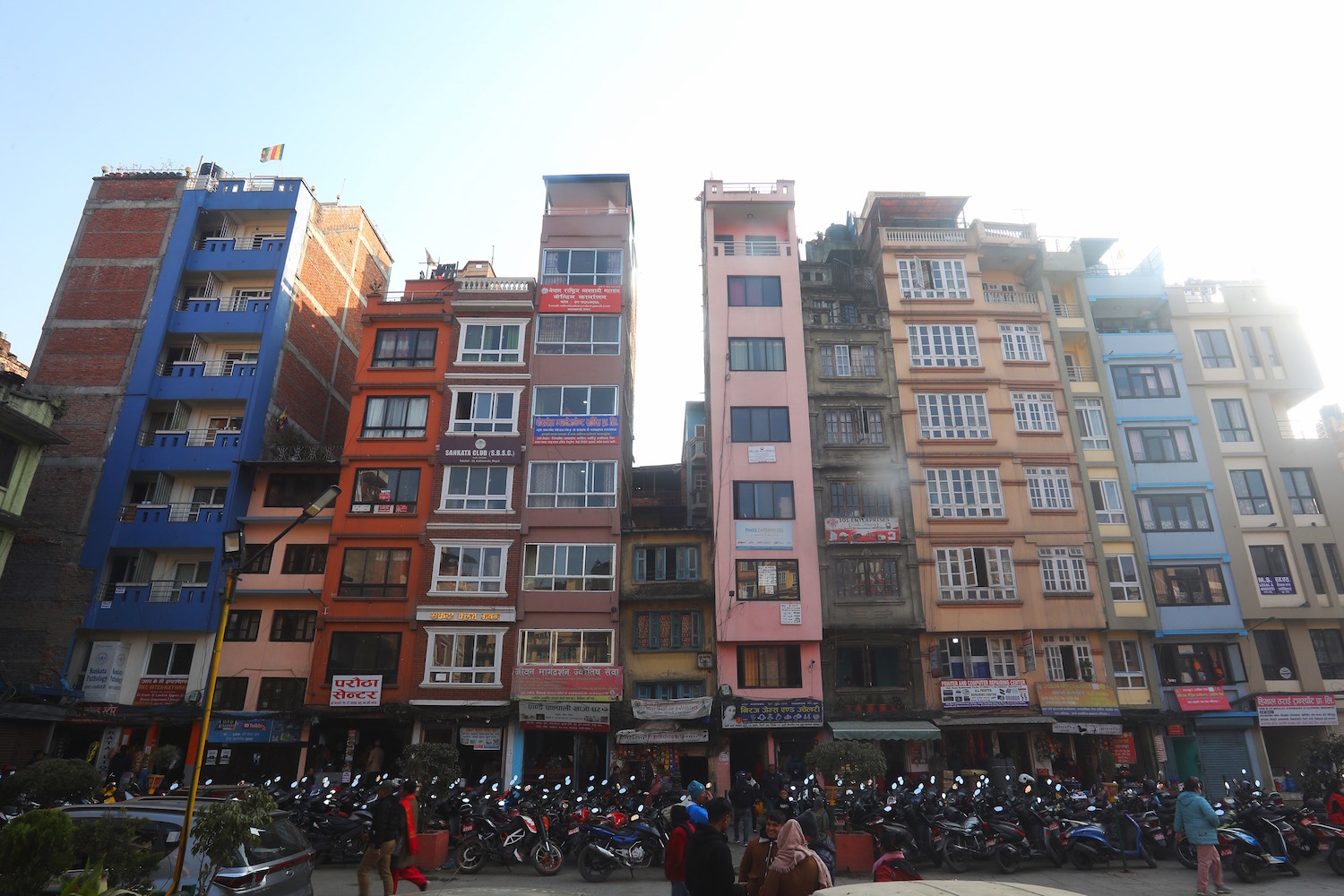
As Nepal prepared to mark National Earthquake Safety Day on 16 January to commemorate the 8.3 magnitude disaster that hit Kathmandu in 1934, the country went into mourning for the air crash in Pokhara.
There were 72 people on board and there are likely no survivors. This was the worst disaster in Nepal’s domestic aviation, and the highest number of casualties after two crashes of international flights one-after-another in Kathmandu in 1992.
The message from these tragedies is that Nepal is a disaster-prone country — either human induced or natural. But even though earthquakes, landslides or floods may be ‘natural phenomena’ the disasters are more destructive because of manmade causes.

Social media posts have condemned the coalition government’s decision to mark the crash with a day off. Most said it should have been taken as a day of reckoning about preventing and being prepared for all kinds of disasters.
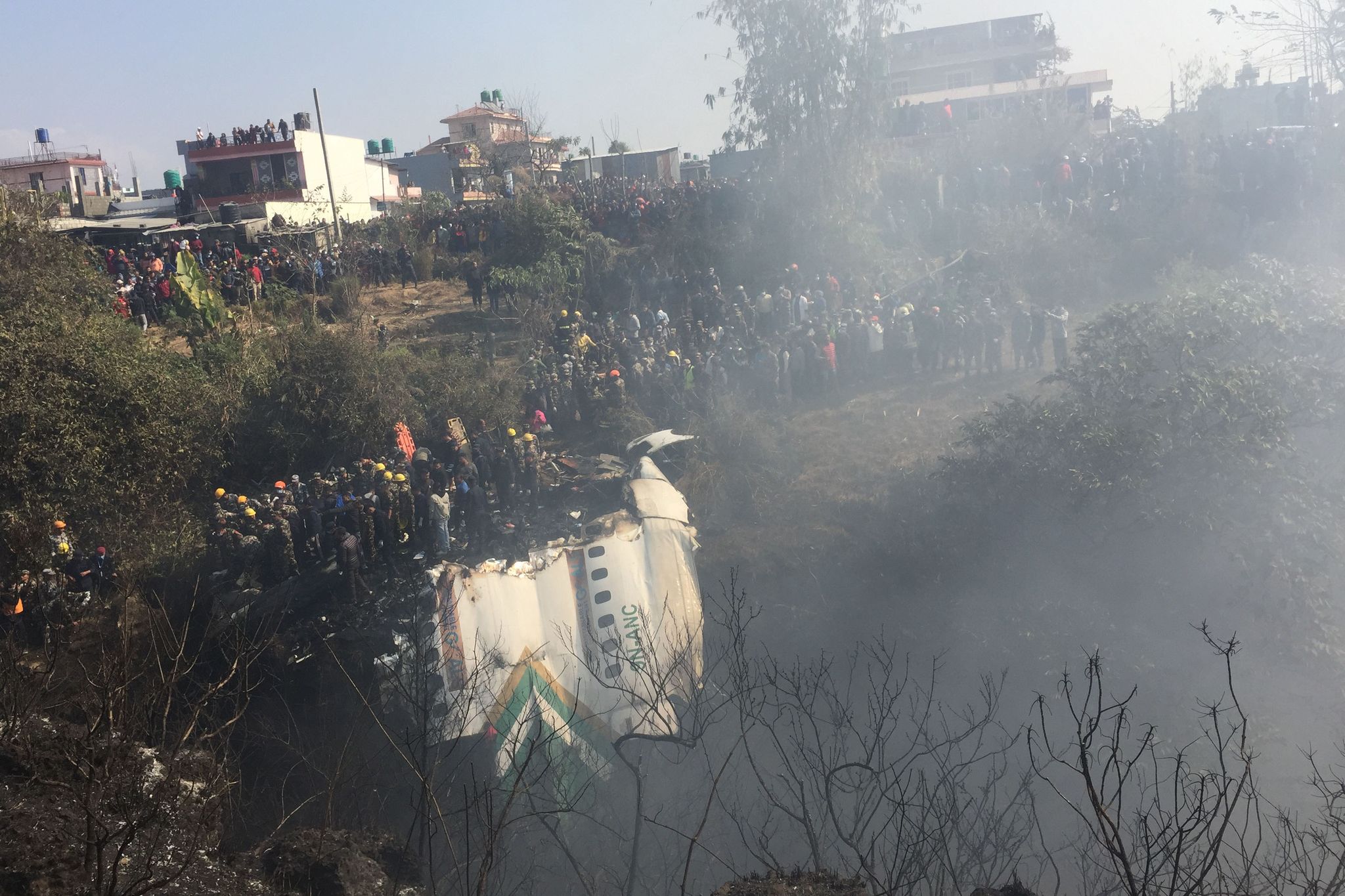
The 1934 earthquake was epicentre in eastern Nepal, and killed at least 16,000 people in Nepal and India. Historical records show that a temblor of that magnitude hits Nepal at least once every 100 years, while smaller quakes are more frequent.
“2015 was not a mega earthquake, it is still due,” warns Surya Narayan Shrestha, Executive Director of the National Society for Earthquake Technology (NSET).
He adds that there is a large seismic gap in western Nepal where there has not been a big earthquake since 1505, meaning that so much tectonic energy has accumulated that the region is overdue for a disaster of more than 8 magnitude.
The Indian Plate is converging towards the Eurasian Plate at an average rate of 25mm a year, which is what makes Nepal and the region an active seismic zone.
“We have been lucky that we haven’t had a mega-quake yet in the seismic gap between Pokhara all the way to Dadeldhura but this also means we could witness the biggest one yet given the stress accumulated,” says Anil Pokhrel, Chief Executive of the National Disaster Risk Reduction and Management Authority (NDRRMA).
“In fact, it will be catastrophic,” Pokhrel earns. “The 1505 earthquake killed one-third of Nepal’s population even back then.”
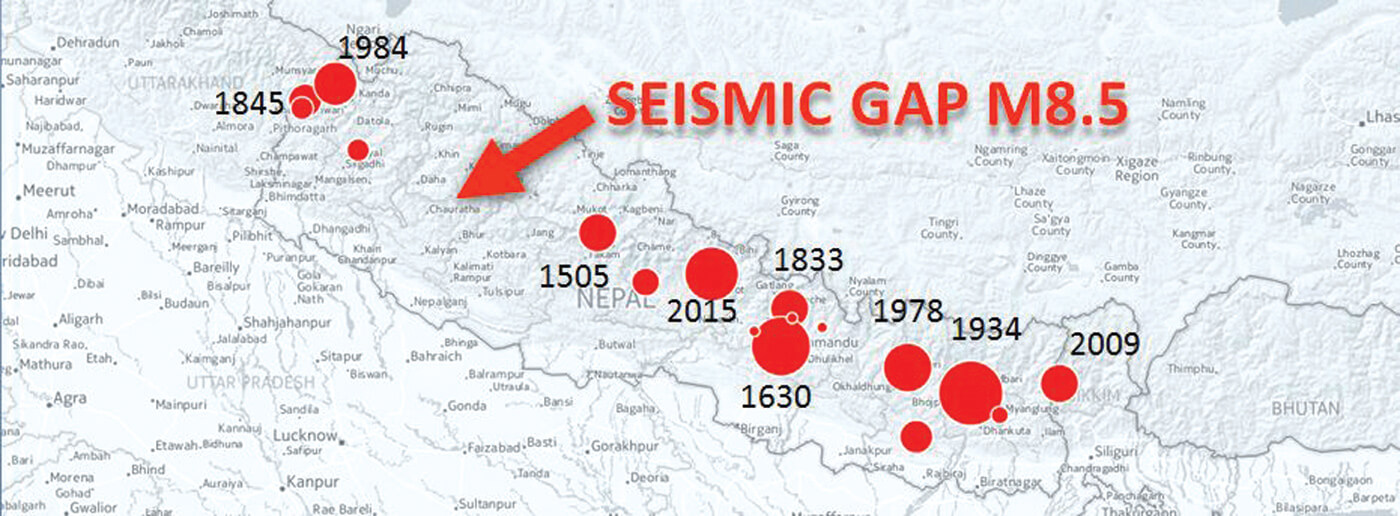
An 8M+ earthquake in faraway western Nepal will not spare Kathmandu either, and half of Nepal’s population will be directly affected. Experts estimate that there will be more than 100,000 casualties and over 1.5 million buildings will collapse across the country. Large parts of northern India will also be hit
“This is the level of disaster the whole country needs to be prepared for, not just western Nepal,” warns NSET’s Shrestha.
There is therefore no time to waste reinforcing infrastructure, but that is a tall order since a survey showed that two-thirds of all the buildings in Nepal will collapse in a major earthquake.
The 7.8M quake in 2015 was a warning, and it has had some effect in increasing preparedness. In fact, Nepal’s record of reconstruction is noted as a success given the scale of destruction in the aftermath. But similar levels of preparedness is needed now for the Next Big One.
There is also a general misconception that concrete buildings are safer because they survived the 2015 earthquake. But experts say if the shaking had lasted just a few seconds longer and if the intensity of the tremor was a bit higher, most reinforced concrete buildings in Kathmandu would have also collapsed.
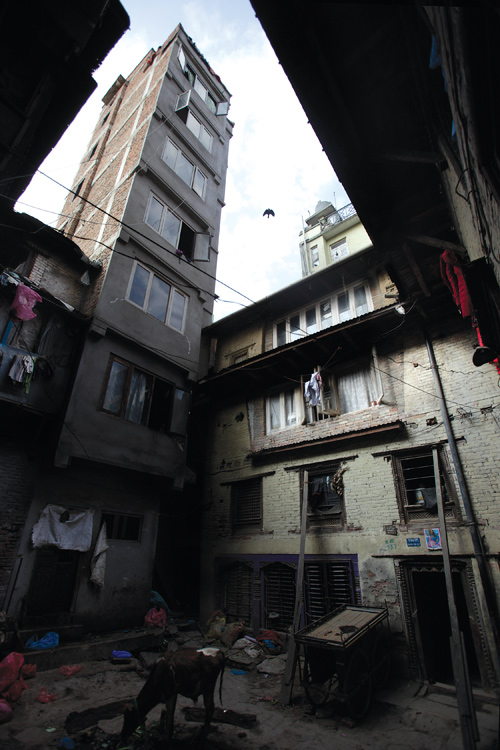
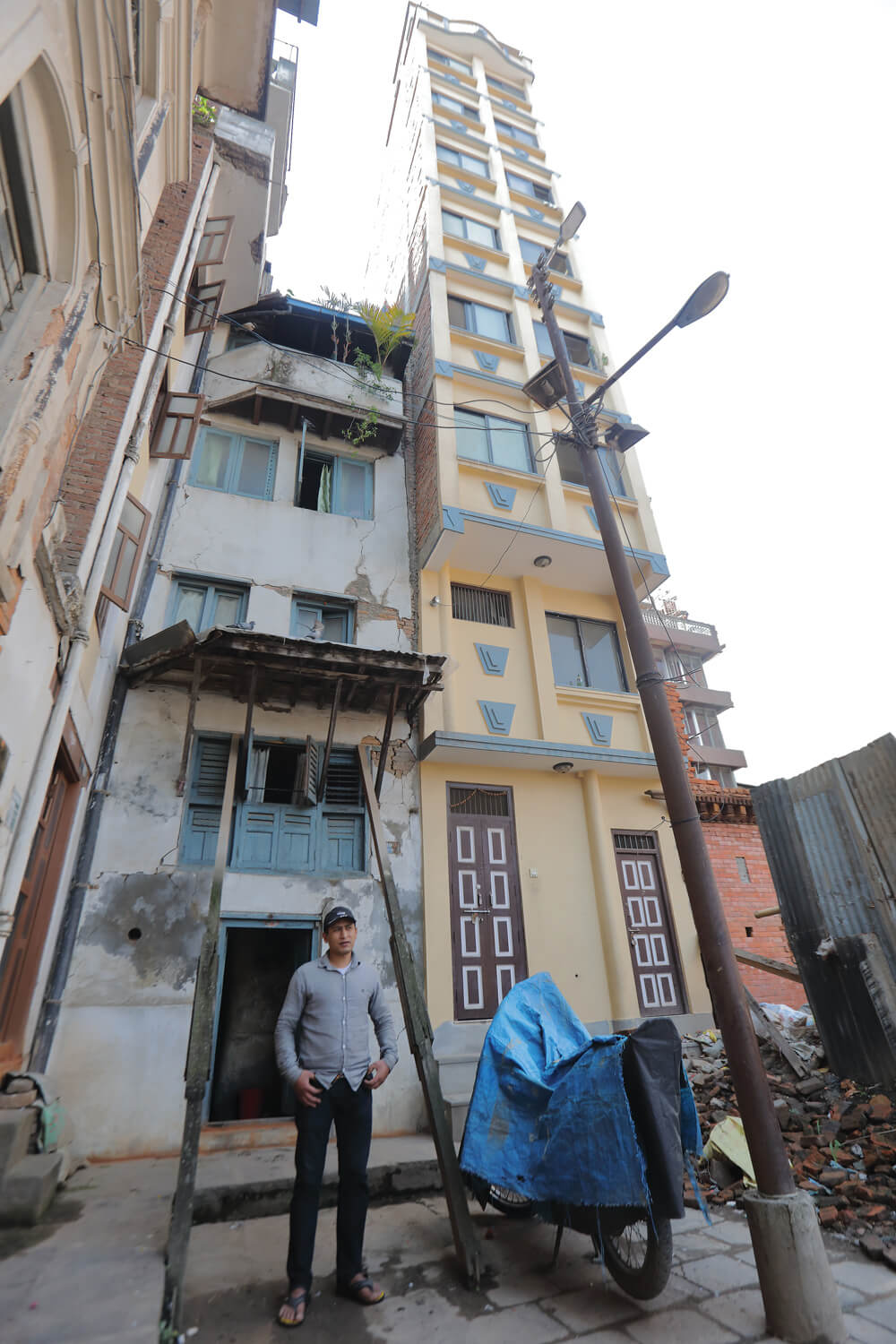
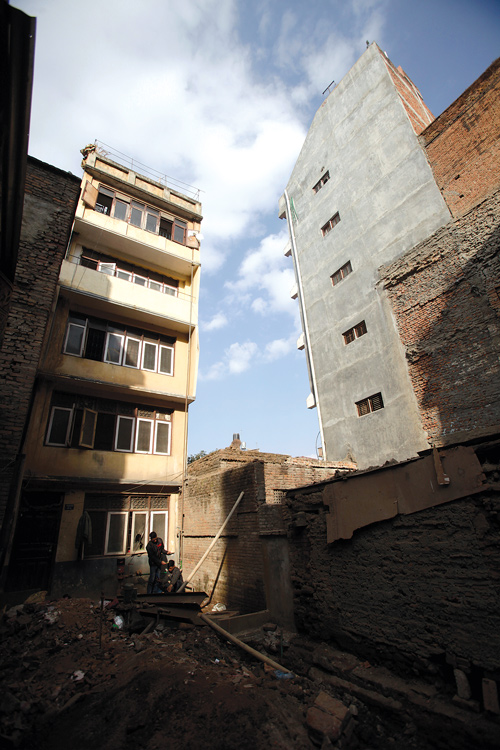
Cement buildings are safer only when they do not flout building standards. Otherwise they are death traps because Nepal just does not have enough rescue equipment and skills required for search and rescue from concrete structures.
“Concrete is among the most complex of construction materials and requires stringent quality control,” says Anil Pokhrel. “The quality of some of these do not meet quality standards.”
Substandard cement means weak concrete, not just in urban centres but across Nepal as cement construction spreads to even remote parts of the country due to road expansion.
Most recently, the 8 November 2022 6.6M earthquake in Doti killed 6 people while nearly 15,000 houses and 215 public buildings were damaged in four districts in the far west. A post-mortem of the disaster found that not even 5% of buildings in the affected areas followed even the most basic building codes.
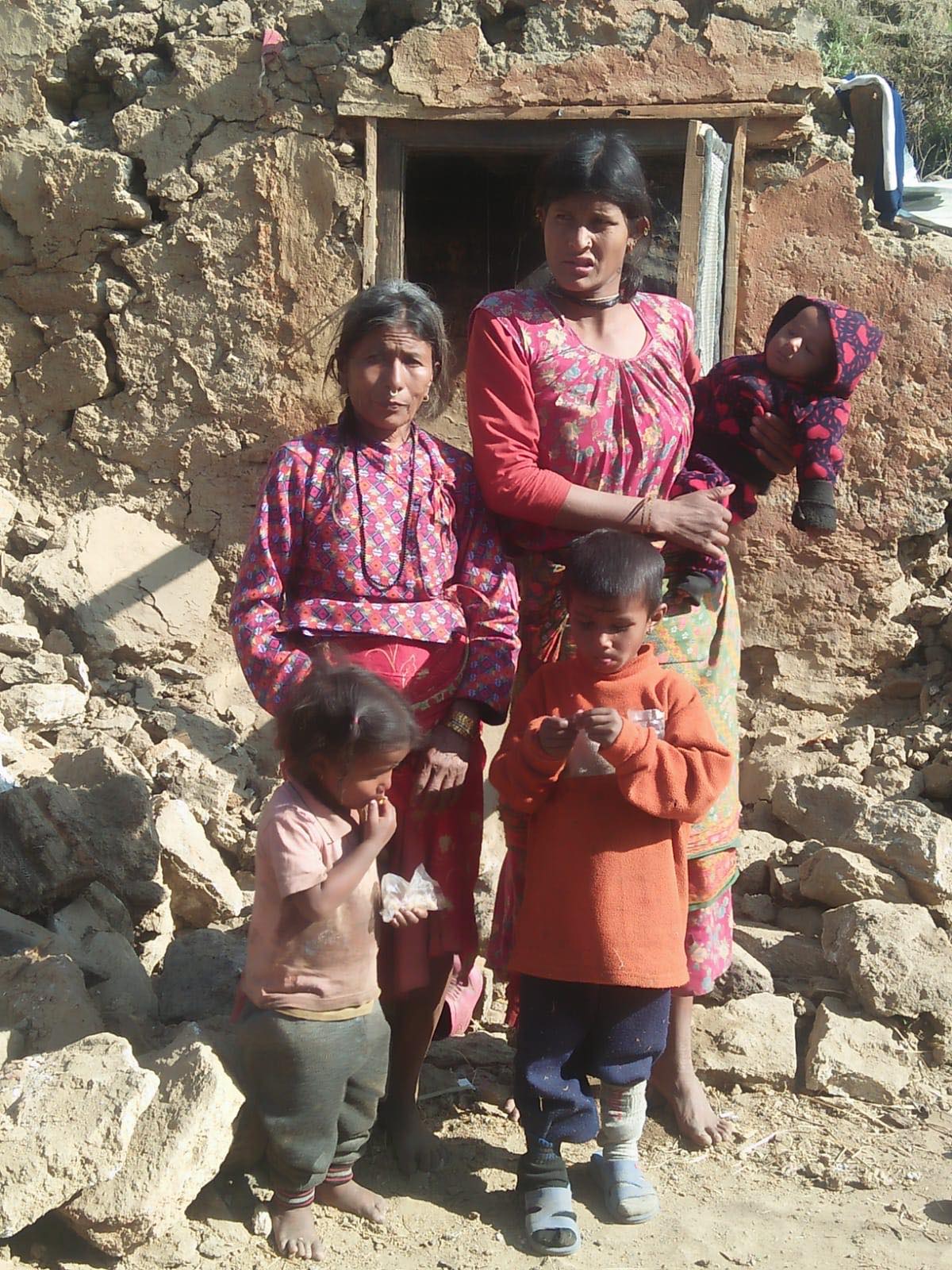
This means very low awareness among the public as well as municipal authorities about enforcing building codes. This points to an urgent need to capacitate engineers to design earthquake resistant structures, and masons who can build them accordingly. But most important is monitoring building compliance.
“Knowledge alone is not enough to save lives, we need people to change their attitude and practice,” says Shrestha. “As it is, we have already forgotten the destruction post-2015 earthquake and people are now building back the way they used to. People must invest a bit more to ensure that their buildings are safe while the government can provide technical expertise.”
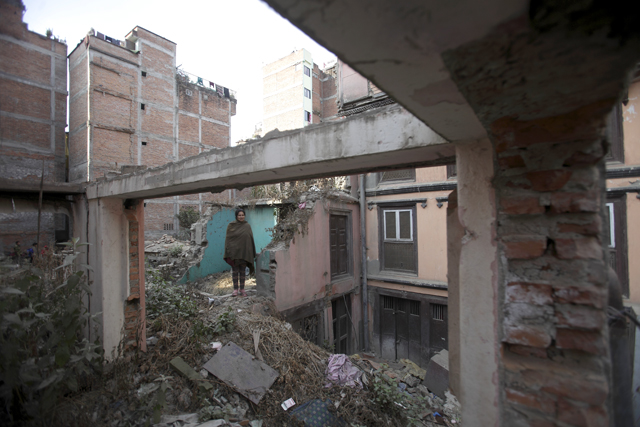
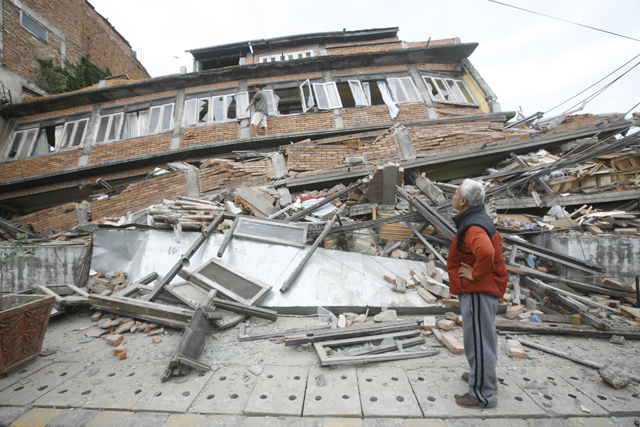
Engineers say it costs only 10% more to make a traditional building earthquake resistant. This means the building will not suffer major damage in moderate tremors, and even if it collapses with bigger shaking it gives people time to escape. Even if 100% earthquake proof buildings were possible to make, they would be too expensive.
For existing buildings, however, there is an option of retrofitting them, but should not cost more than one-third of what a new building does.
Retrofitting can be a lifesaver. In the 2015 earthquakes, none of the school buildings in and around Kathmandu Valley retrofitted by the NSET suffered any damage, and in fact served as shelters in the aftermath.
As it is, green and open spaces which acted as shelters from earthquakes in the past are being traded for residential and commercial buildings across cities. But NSET with support of various municipalities and Kathmandu Valley Development Authority has recently mapped 1,000 open spaces, most of them in Kathmandu Valley which can be viewed at bipadportal.gov.np.
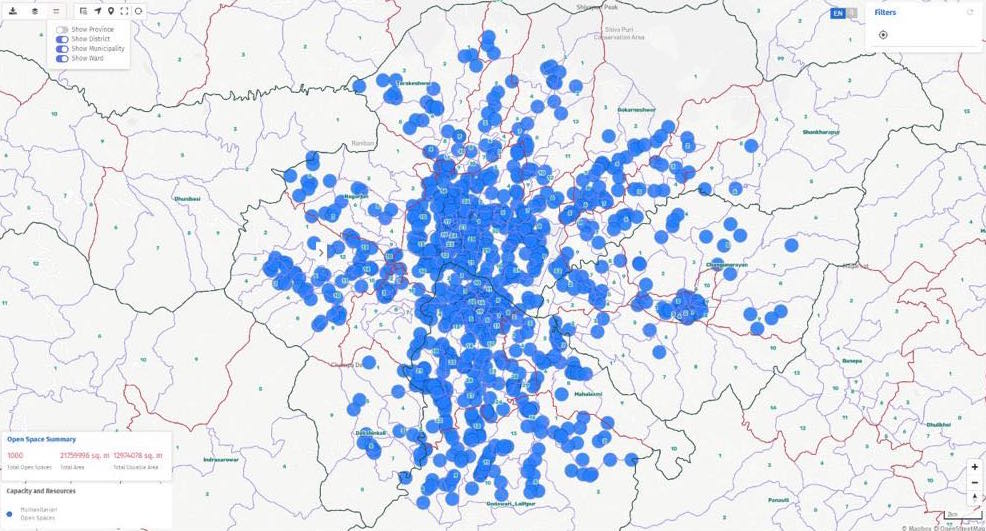
Close to 8,000 schools and 30,000 classrooms were damaged or destroyed in 2015. The fact that it struck on a Saturday saved the lives of thousands of students which should be taken as a sign to reinforce school buildings all over Nepal with topmost priority.
“If the 2015 earthquake had happened on any other day than Saturday, we estimate that at least 30,000 students could have been killed,” says Shrestha.
NSET has managed to retrofit 2,000 schools across Nepal in a joint collaboration with the government, but there are 32,000 government schools in Nepal with 80,000 school buildings between them. More than half of them are vulnerable to future quakes.
It is not only the school infrastructure that needs to be reinforced, but their curriculum has to be designed in such a way that students and teachers alike know the dangers and how to protect themselves. The schools need to be prepared at all times with frequent emergency drills and training about earthquake safety.
While preparedness is the key to reducing the damage, efficient response in the aftermath can save the most lives in the ‘golden hour’. With the spread of concrete buildings, Nepal needs to immediately invest in equipment for collapsed structure search and rescue like snake-eye and robo-worm cameras, acoustic, thermal and motion sensors to detect human life under the rubble.
Another urgent measure is to plan stockpiling of immediate digging and relief material for which the government is building provincial as well as district warehouses, many of which are under construction.
A recent study undertaken by NDRRMA titled ‘Emergency Preparedness and Response Assessment 2022-2030’ found that Nepal needs nearly $200 million in the next seven years to prepare for future disasters like the one projected for western Nepal.
“Given the sheer scale of the overdue earthquake in the west, we need to invest a lot more in disaster preparedness, from constructing stronger structures and retrofitting our homes, schools and hospitals to developing a better response mechanism,” says Anil Pokhrel.
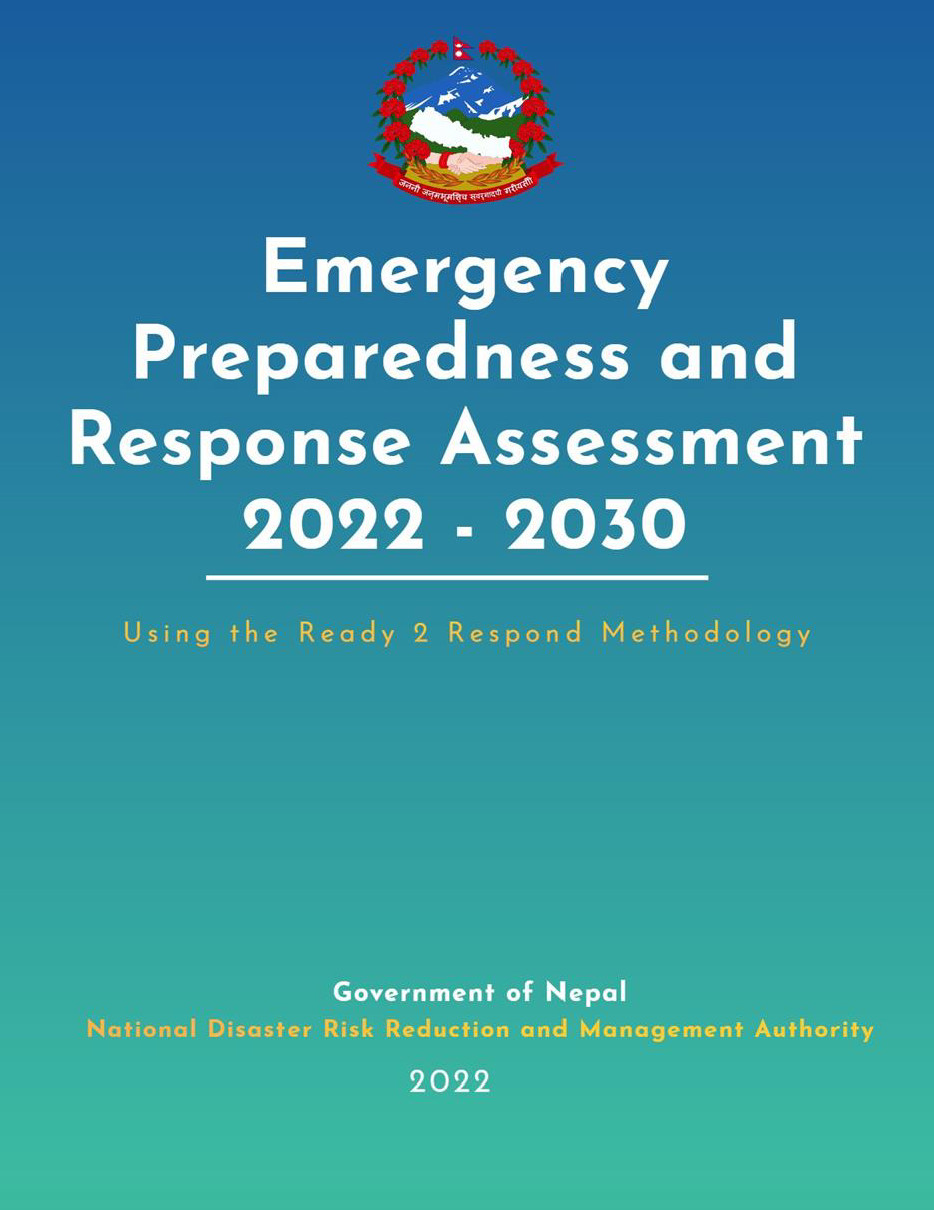
With the understanding that financing disaster risk reduction is more effective and economical than a post-disaster response like search, rescue, relief, rehabilitation, reconstruction and recovery, the government has developed the Nepal Disaster Risk Financing Strategy so the state plans to provide insurance for all the public and private buildings in an event of a major earthquake.
NSET’s Surya Narayan Shrestha agrees: “Given how disaster-prone we know Nepal is, we must seriously put our efforts and money into reducing the risks.”
writer
Sonia Awale is Executive Editor of Nepali Times where she also serves as the health, science and environment correspondent. She has extensively covered the climate crisis, disaster preparedness, development and public health -- looking at their political and economic interlinkages. Sonia is a graduate of public health, and has a master’s degree in journalism from the University of Hong Kong.
